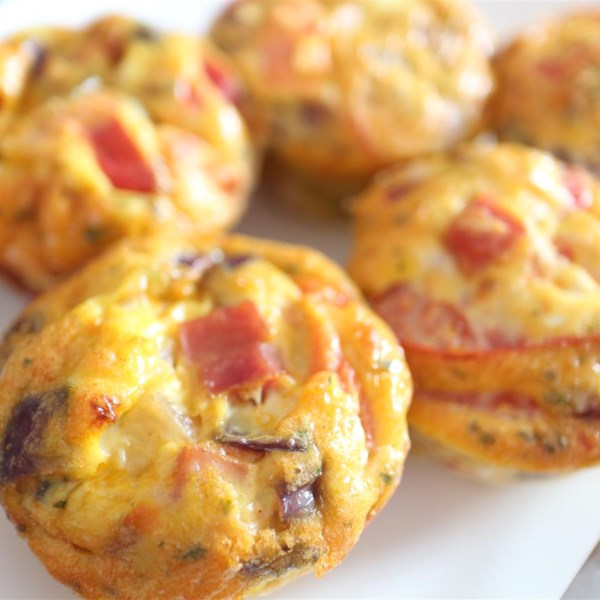One of the biggest roadblocks athletes report in their journey towards healthier eating is simply not having enough time in the day to cook or prepare meals and snacks.
Many busy athletes and their families have tight schedules, where they might be eating meals at strange hours, on the road and in the bleachers, and sometimes get so busy that they resort to stopping for fast food or relying on convenience bars and shakes for too many meals.
Fast food and convenience snacks are fine once in a while, but what if we all had a strategy for making sure we had healthy snacks and meals prepared ahead of time? What if we could throw together said snacks and meals during the week in a matter of MINUTES? I'm sure all busy families and athletes would be on board.
This is where a food preparation (or meal prep) plan comes in!
By spending some time ONE day of the week washing, cutting, baking, cooking, and portioning food into containers, athletes and their families will not have healthy food to eat during the busiest timesof the week - they'll also save time by not having to cook so much, and save money by not eating out or buying pre-packaged snacks.There are many of resources online for "How to Food Prep" - Lindsay from the Lean Green Bean blog writes about food prep every week and is a great source for easy-to-make, healthy recipes.
Having a plan is the hardest part of meal prep. The first time you meal prep, it's important to start out small and let your meal prep game plan change each week in a way that fits your schedule.
1. Decide which day works best for you! Many people choose to make all their food on one day (like Sunday, before the week starts!), while others might choose two days (maybe by preparing half on Sunday, and a new batch of foods on Wednesday).
It usually takes at least one hour (usually more if you do it all on one day), to prepare your meals, so keep that in mind.
It usually takes at least one hour (usually more if you do it all on one day), to prepare your meals, so keep that in mind.
2. Make sure you have plenty of storage containers. Storage containers with lids are essential for easy storage and transportation of meals.
3. Choose which meals you want to prep. Some people just want to prepare lunches for the week to bring to school or work, while others make breakfast, lunch, dinner, snacks and a random assortment of throw-together foods. One easy way to start preparing EXTRA food at dinner meals to bring for lunch the next day or the next several days. Many people also start out by preparing some "basics" that you can make throw-together meals throughout the week. Some good examples include:
- Washed and cut fruits and vegetables - You're much more likely to eat these healthy foods if they're all washed and ready-to-eat. Some suggestions are: grapes, salad greens, carrots, diced vegetables for salads/omelets/stir fry.
- Roasted vegetables - These can be easily thrown onto a salad or sandwich for more flavor! Toss some sweet potatoes, butternut squash, carrots, broccoli, or any other vegetables in olive oil, salt, pepper and any other seasonings you like and roast them in the oven until tender.
- Cooked grains - You can prepare whole grains, such as rice and quinoa ahead of time to throw into salads or for easy grain bowls.
 |
| Check out some easy whole grain bowl recipes! |
- Protein options - Having some protein options ready can be a huge life-saver for athletes. Keep it simple by making chicken breast, hard-boiled eggs or scrambled egg muffins, lean ground beef, bacon, or have some lunch meat on hand.
- Breakfast foods - If you're typically a breakfast-skipper, preparing some easy breakfast options can be a huge time saver.
4. Make a list and go shopping - This may be the most dreaded part of meal prep for people who don't go into the grocery store weekly (or more than once per week!), but this part becomes easier each week as you figure out what works for your schedule, and which basics you KNOW you need to get you through the week.
Make a list of ingredients you would need for specific recipes you want to make, and a list of "basics" you want to have at hand (grains, vegetables, fruits, nuts, dairy, etc.)
If you're a beginner, don't be overwhelmed! It will get easier, and you can take satisfaction in knowing you will have healthy options to eat throughout the week. Good nutrition can have an immediate impact on sports performance - if you eat well and fuel your body with healthy foods, you will feel better and perform better, so start today!


No comments:
Post a Comment